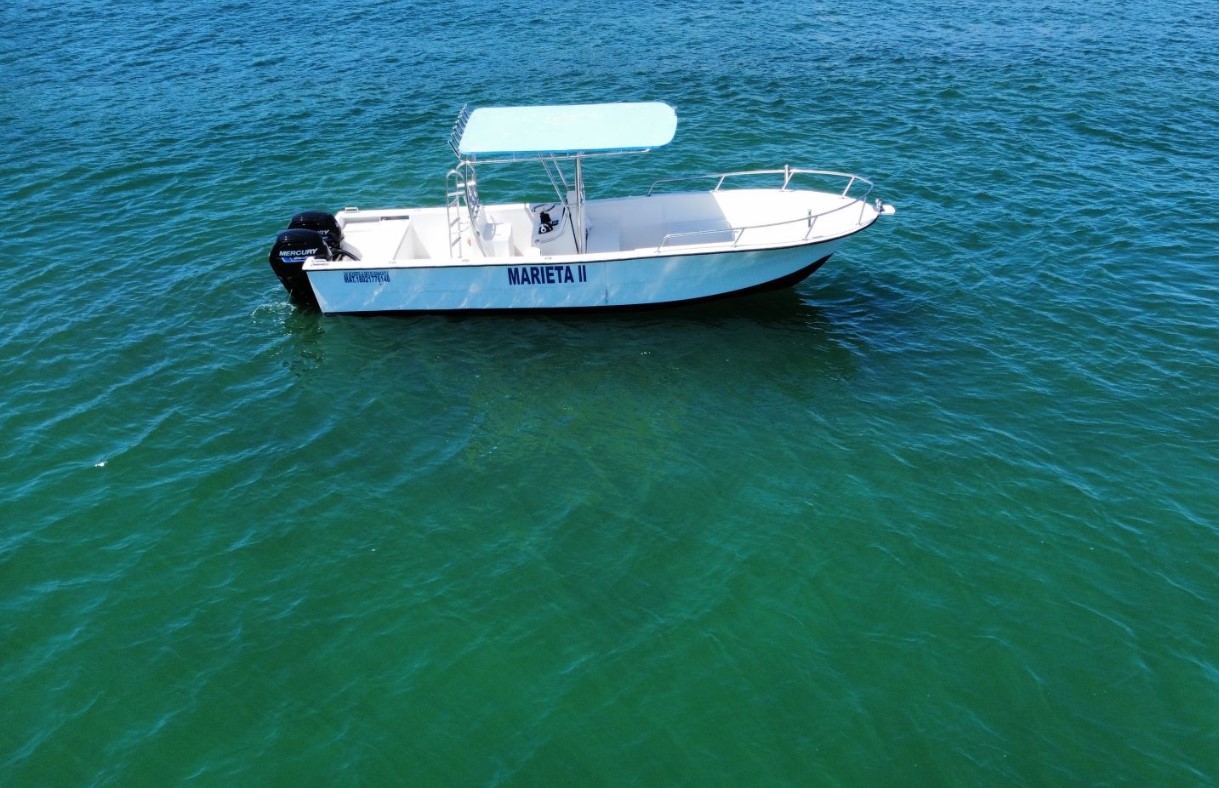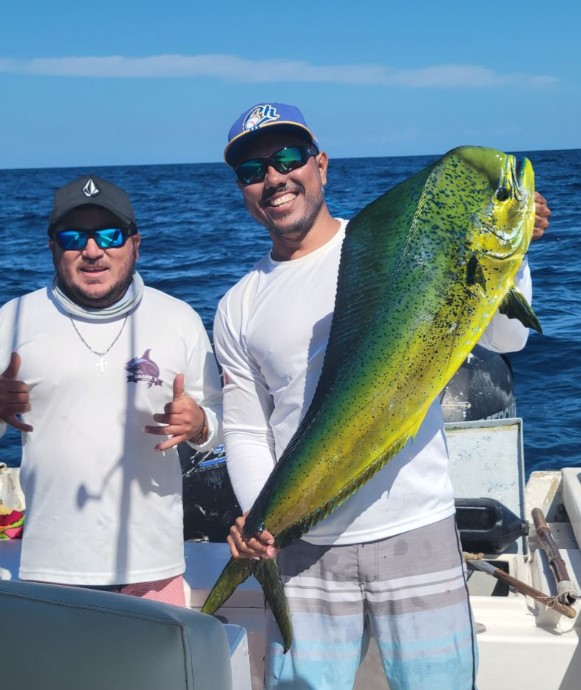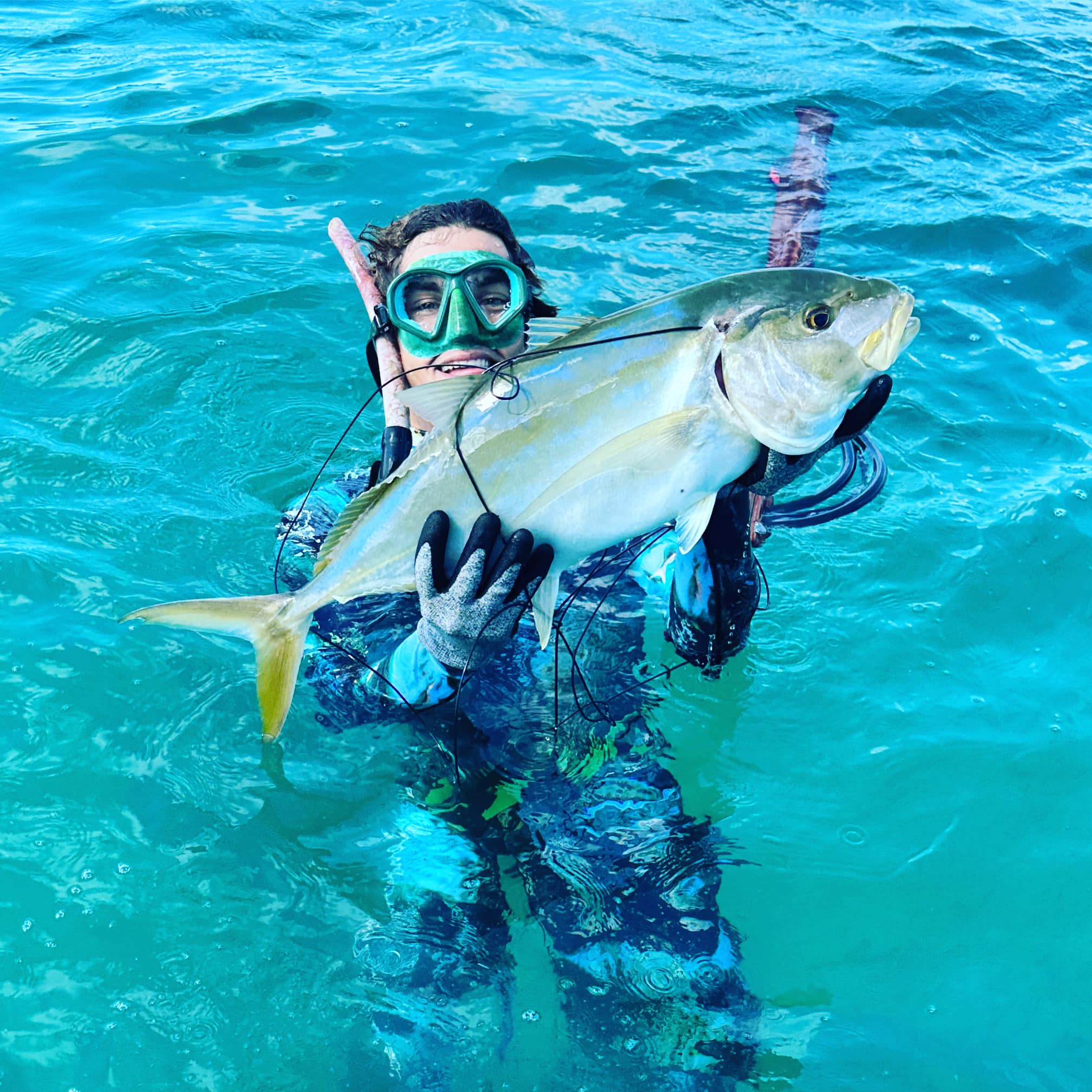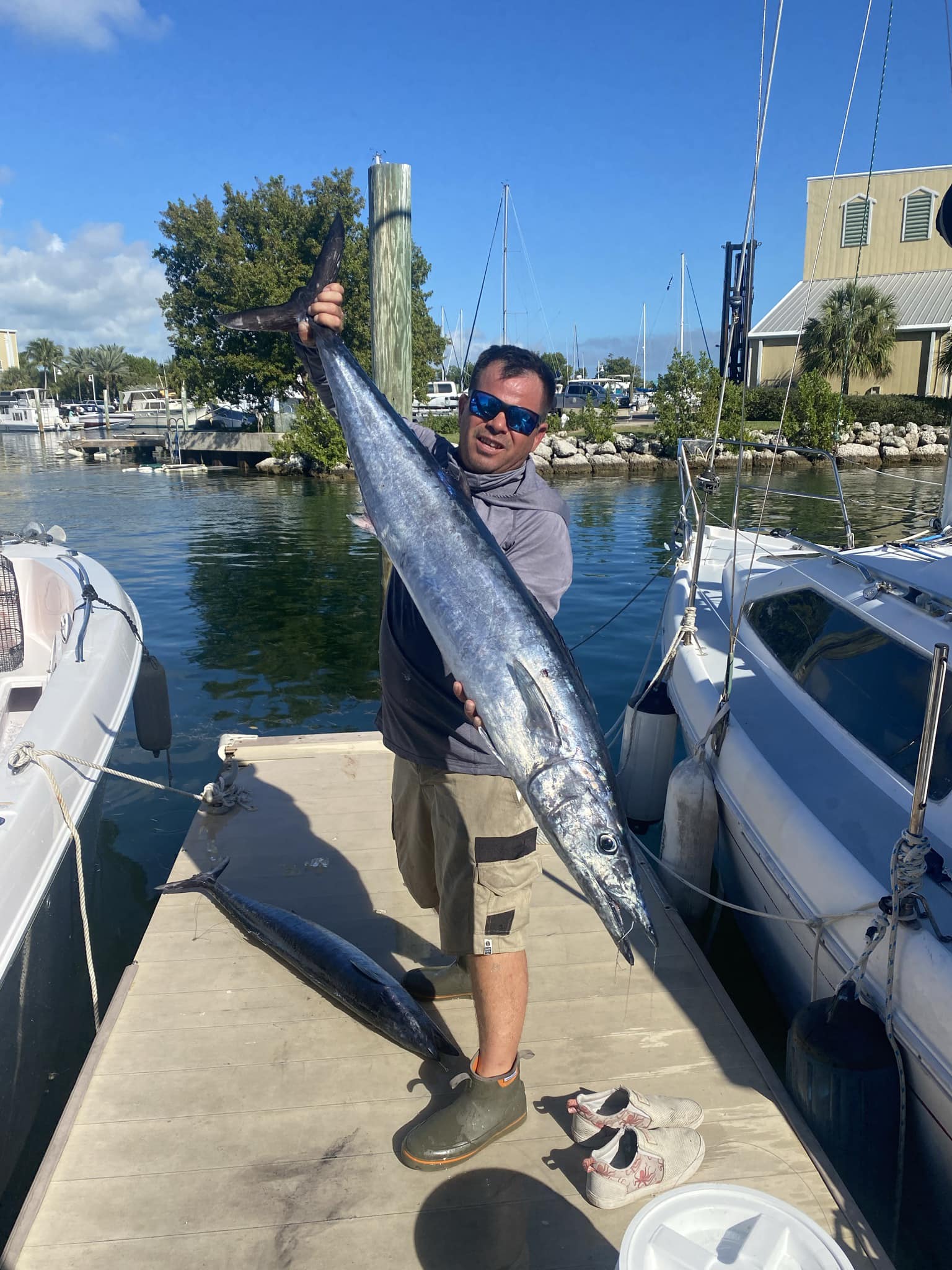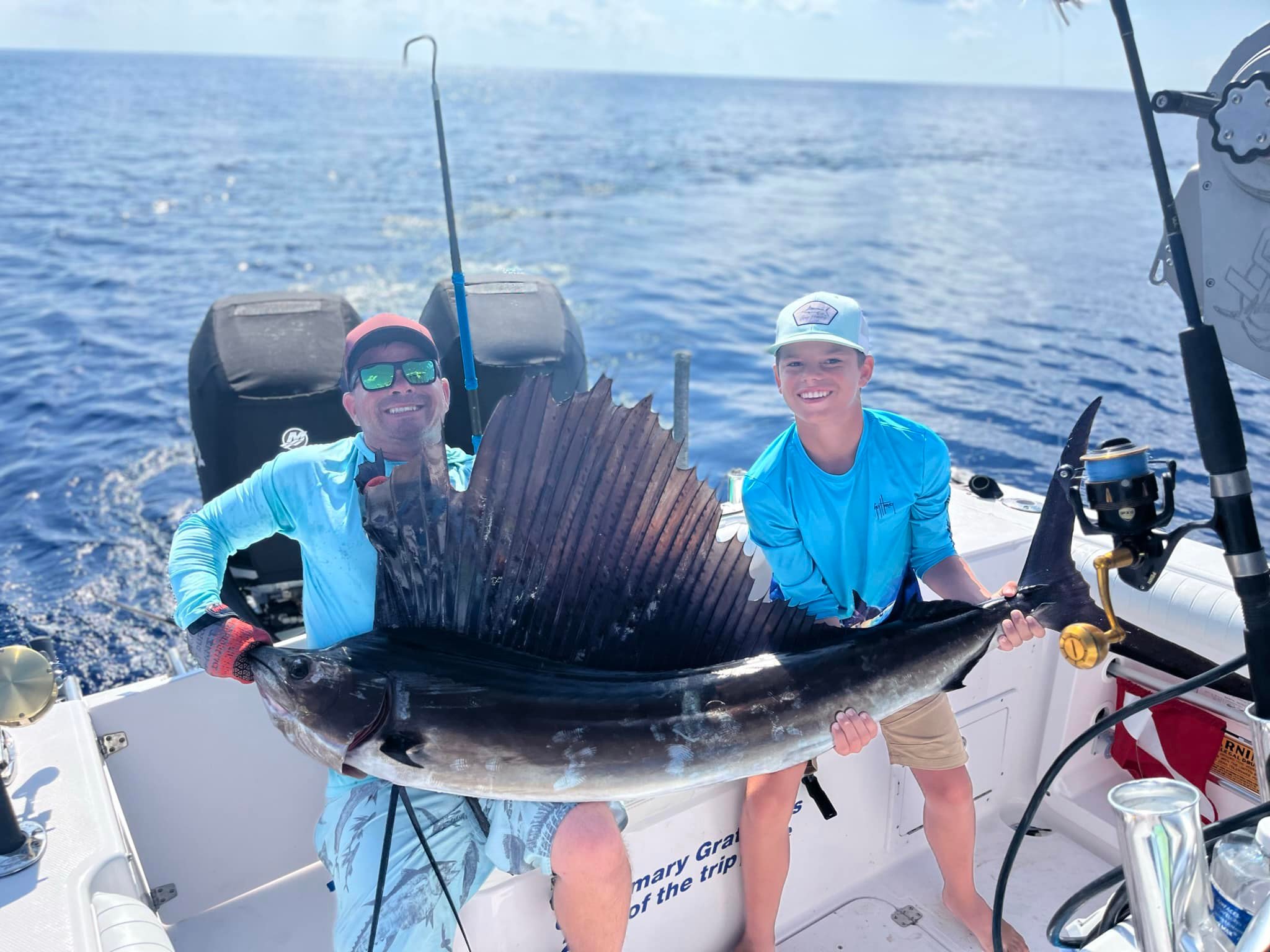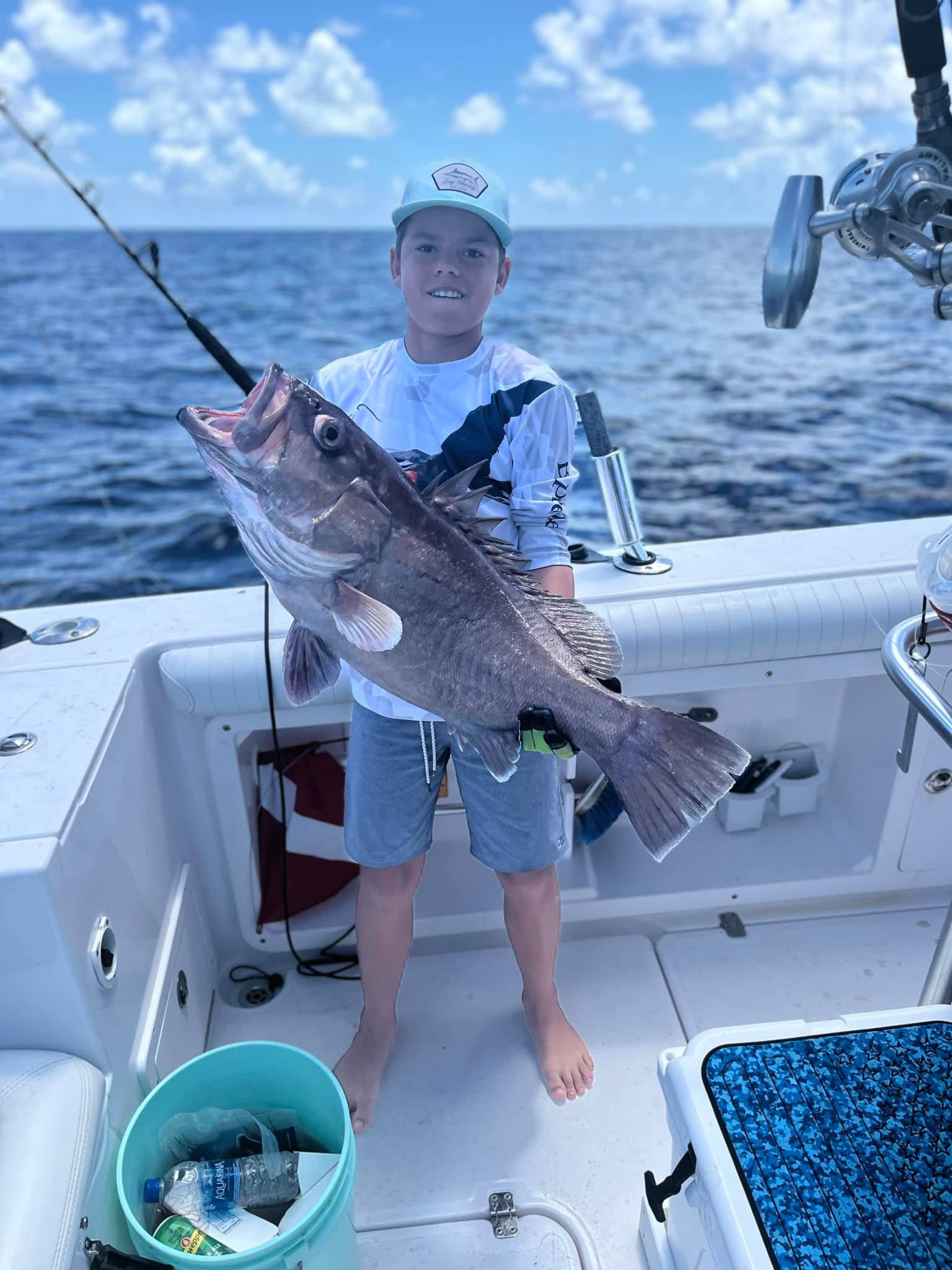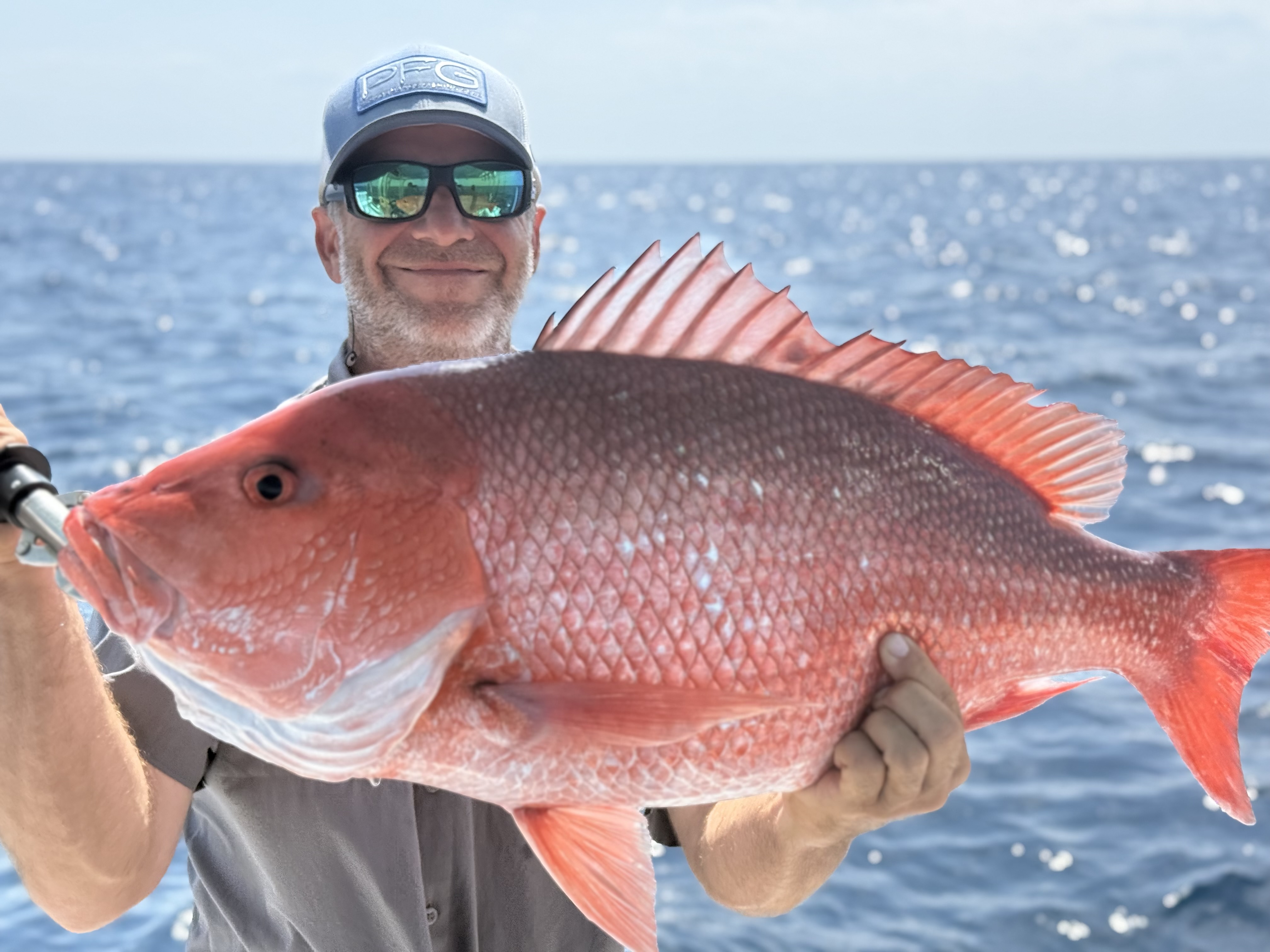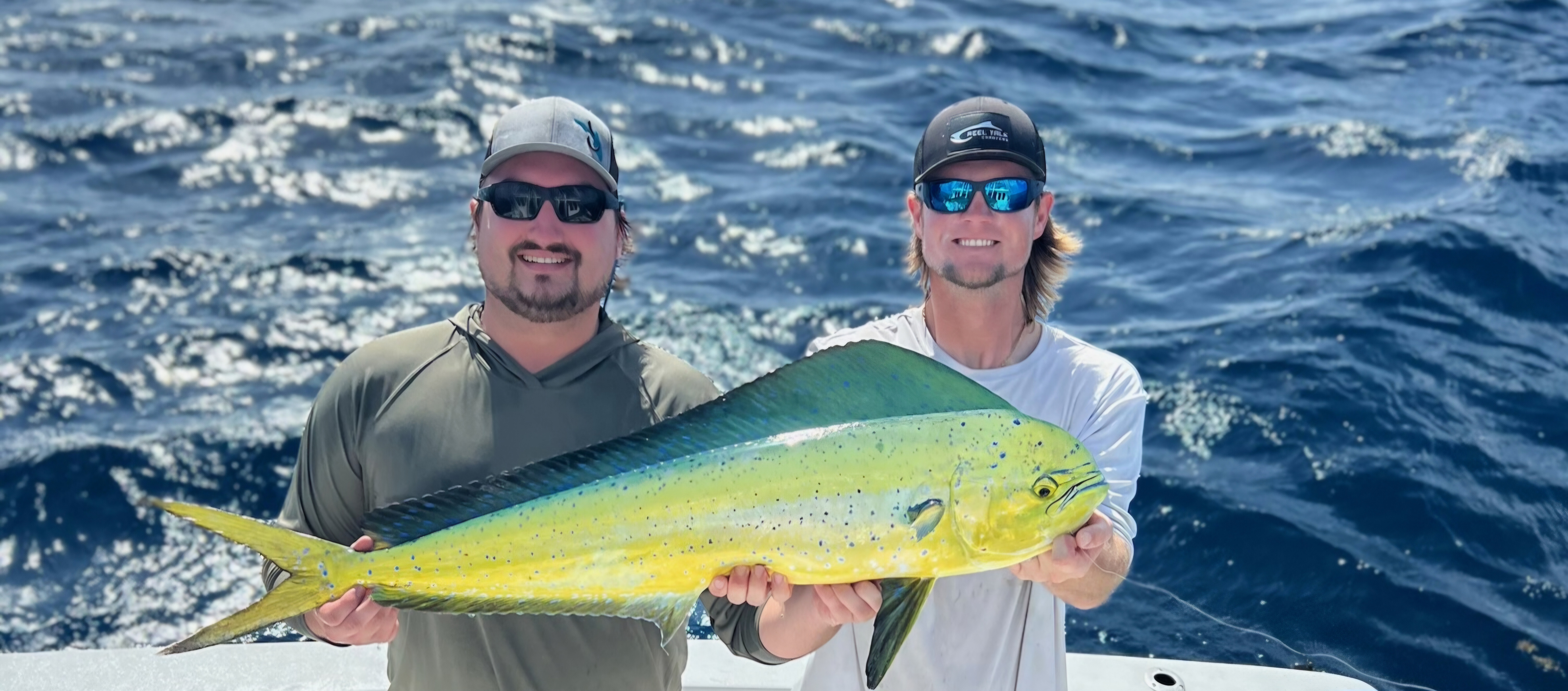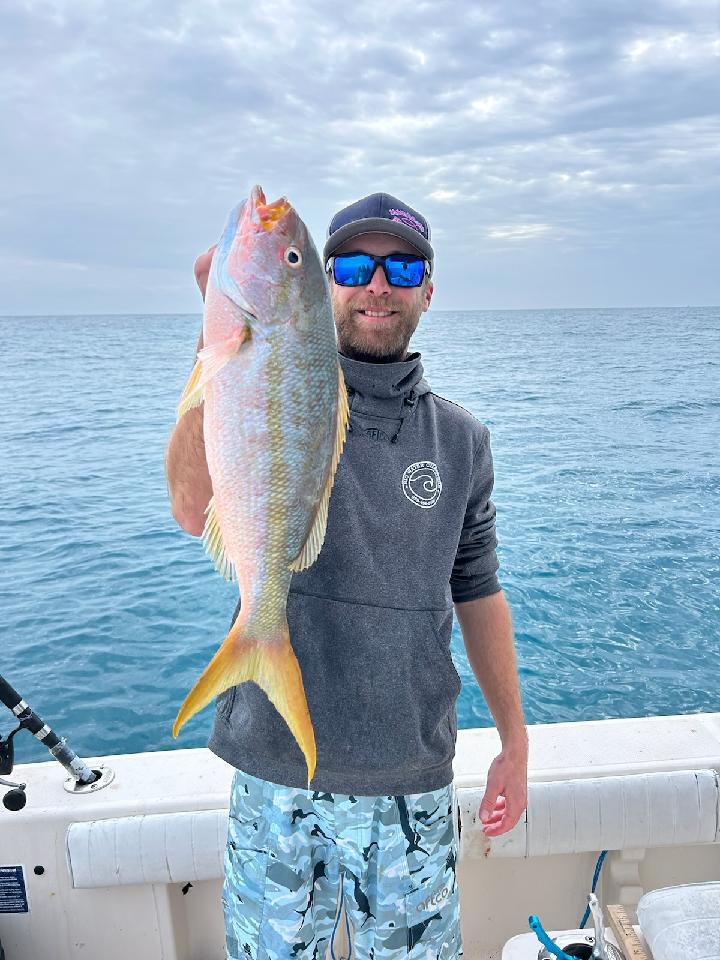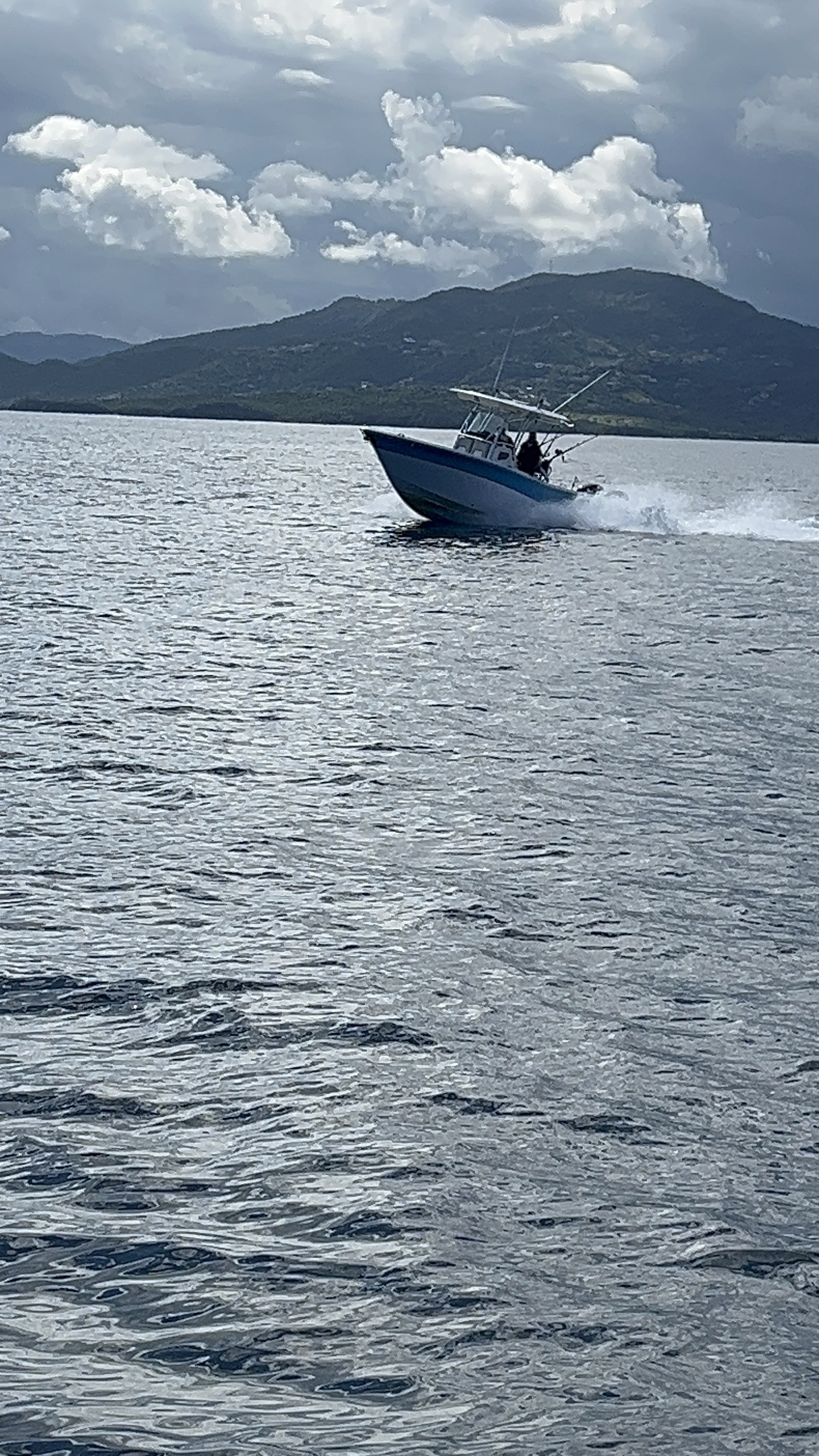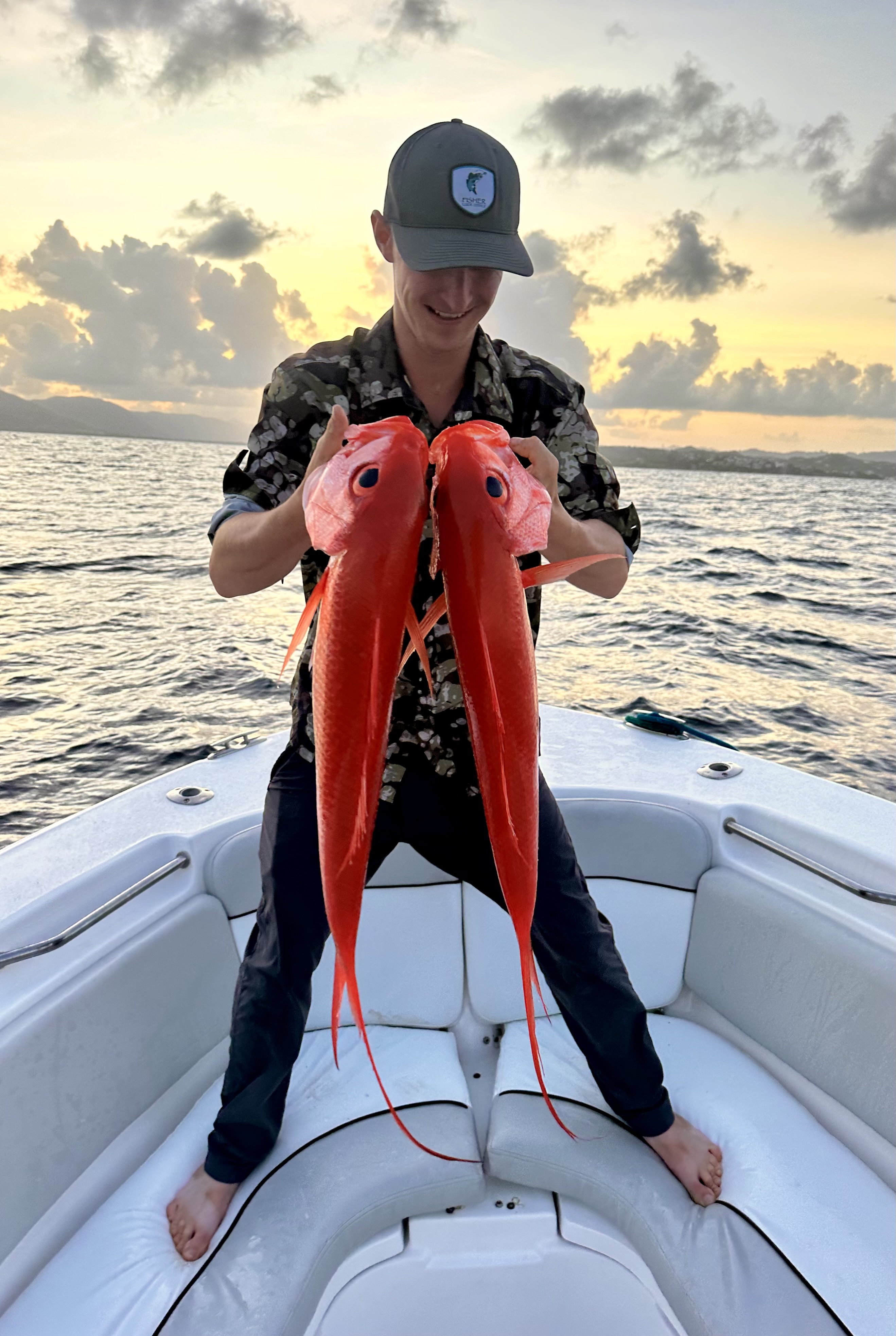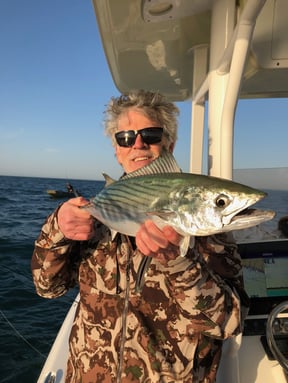Deep Sea Fishing in Corral del Risco
5-8 Hour Offshore Trip
Fishing Trip
Spearfishing & Fishing
Deep Sea, Nearshore Fishing in Key West
12 Hour Trip – Offshore
Deep Sea, Nearshore Fishing in Key West
6-8 Hour Trip – Reef & Offshore
Nearshore Fishing in New Smyrna Beach
Nearshore
Deep Sea Fishing in Islamorada
Full Day Deep Sea
Deep Sea Fishing in Islamorada
3/4 Day Deep Sea
Deep Sea Fishing in Islamorada
Half Day Deep Sea
Nearshore Fishing in Palmas del Mar
4 Hour Trip AM Or PM
We started Captain Experiences to make it easy to book fishing and hunting guides around the world. With over 2,000 Damn Good Guides, our platform makes finding and booking a trip seamless. Head here to check out our trips.
Lesser and Greater Amberjack Compared
Amberjack are a species of predatory fish in the family Carangidae and genus Seriola which contains nine species. Called reef donkeys for their strength and stubbornness, amberjacks are an exhilarating fish to catch. Here is a comparison of the greater and lesser amberjack, and some other common species.
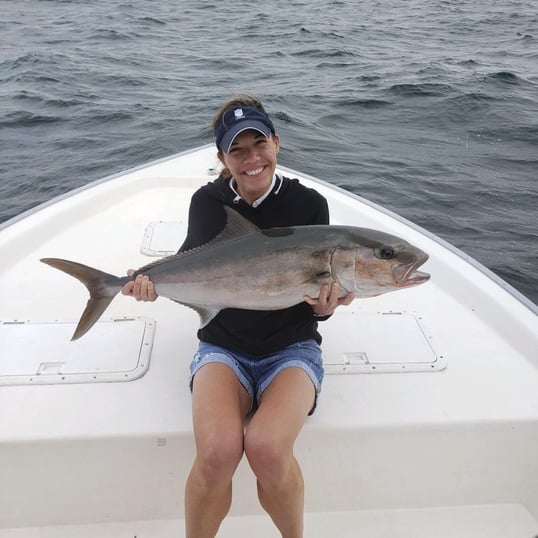
What is an Amberjack?
While there are a number of variations and subspecies of amberjack, what remains true across them is their warm weather affinity and absolute pleasure to fight on the line. The most common types of amberjack you will hear about are the greater, lesser, longfin yellowtail (almaco), and banded rudderfish. These four species of amberjack are some of the most prevalent species on the Atlantic, Pacific, and Gulf Coasts.
How To Catch Amberjack?
Amberjacks are sought after for their size and grueling battles. They are known to never give up, even after they reach the surface. When these fish are younger, they tend to swim in groups but spread out as they mature. You can still occasionally find groups of bigger amberjacks, but it’s far less common.
In terms of prey, amberjack will feed on a variety of prey including squid, baitfish, and crustaceans, which means they will bite all sorts of lures and baits as well. When it comes to bait selection, live, dead, plugs, jigs, spoons, flies, and more are all effective as long as they’re presented well. Jiggin the reefs is a great way to get a bite, but be aware that the risk of getting torn off in the reef is high unless you can pull the fish up quickly. You’ll want to use heavy tackle to handle a big amberjack, because they fight hard and are strong enough to drag an angler overboard.
Greater Amberjack
The greater amberjack is a large, elongated fish and has a body coloring that varies from brown to greyish-blue on the top half of their body with a silver to white belly. The greater amberjack also has a dark stripe that runs along their back, from their nose to the back dorsal fin. Some of these amberjack will also have dark vertical bars along their sides. One of the more distinct markings on these fish is a light yellow stripe along their flanks.
Greater amberjacks can be found in warmer waters of the Gulf of Mexico, South Atlantic, and Caribbean. Adult amberjacks usually swim alone but frequently visit reefs for cover or to hunt. The greater amberjack is the largest species and typically averages around 20 to 40 pounds. These fish can also grow much larger and reach a maximum size of 75 inches long and over 175 pounds. Greater amberjacks mature at around 4 years old and can live up to 17 years, with females known to live even longer.
Lesser Amberjack
The lesser amberjack, also known as the false amberjack or little amberjack, is a smaller amberjack species that can sometimes closely resemble the greater amberjack. Lesser amberjack have an olive to brownish color on their back that fades to silver sides. They also have a dark stripe from behind the eye to front of the dorsal fin. Proportionately, the lesser amberjack has a larger eye and deeper body than the greater amberjack. Their second dorsal fin also has 21-24 gill rakers on each arch.
Lesser amberjack also have vertical bars with juvenile fish featuring split or wavy bars on their sides. This is the smallest of the amberjack species with most fish measuring less than 20 inches long and weighing around 10 pounds. The lesser amberjack is usually found in deeper water than other amberjack species. These fish typically live depths of between 150 and 500 feet deep.
Are Amberjack good to eat?
Amberjack are known to have delicious firm white meat with a clean mild flavor. Many of the preparations used for other fish species can also be used for amberjack or they can be eaten raw. The risk with consuming the meat of larger amberjacks is that they can have ciguatera or worms in their tail section, so it is best to cut off the back end of the fish. Yellowtail are the exception and are known for being especially clean and tasty, which is ideal for raw consumption.
Joey Butrus
Updated on July 31, 2023

November 7, 2023

October 26, 2020
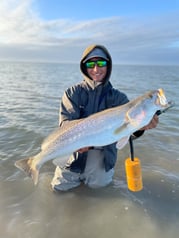
January 19, 2021

July 31, 2024
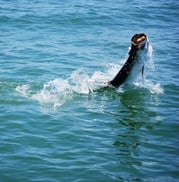
April 15, 2022
Related Articles
December 7, 2021
January 3, 2022
May 3, 2022
Featured Locations
- Fishing Charters Near Me
- Austin Fishing Guides
- Biloxi Fishing Charters
- Bradenton Fishing Charters
- Cabo San Lucas Fishing Charters
- Cancun Fishing Charters
- Cape Coral Fishing Charters
- Charleston Fishing Charters
- Clearwater Fishing Charters
- Corpus Christi Fishing Charters
- Crystal River Fishing Charters
- Dauphin Island Fishing Charters
- Daytona Beach Fishing Charters
- Destin Fishing Charters
- Fort Lauderdale Fishing Charters
- Fort Myers Fishing Charters
- Fort Walton Beach Fishing Charters
- Galveston Fishing Charters
- Gulf Shores Fishing Charters
- Hatteras Fishing Charters
- Hilton Head Fishing Charters
- Islamorada Fishing Charters
- Jacksonville Fishing Charters
- Jupiter Fishing Charters
- Key Largo Fishing Charters
- Key West Fishing Charters
- Kona Fishing Charters
- Lakeside Marblehead Fishing Charters
- Marathon Fishing Charters
- Marco Island Fishing Charters
- Miami Fishing Charters
- Montauk Fishing Charters
- Morehead City Fishing Charters
- Naples Fishing Charters
- New Orleans Fishing Charters
- New Smyrna Beach Fishing Charters
- Ocean City Fishing Charters
- Orange Beach Fishing Charters
- Panama City Beach Fishing Charters
- Pensacola Fishing Charters
- Pompano Beach Fishing Charters
- Port Aransas Fishing Charters
- Port Orange Fishing Charters
- Rockport Fishing Charters
- San Diego Fishing Charters
- San Juan Fishing Charters
- Sarasota Fishing Charters
- South Padre Island Fishing Charters
- St. Augustine Fishing Charters
- St. Petersburg Fishing Charters
- Tampa Fishing Charters
- Tarpon Springs Fishing Charters
- Venice Fishing Charters
- Virginia Beach Fishing Charters
- West Palm Beach Fishing Charters
- Wilmington Fishing Charters
- Wrightsville Beach Fishing Charters

